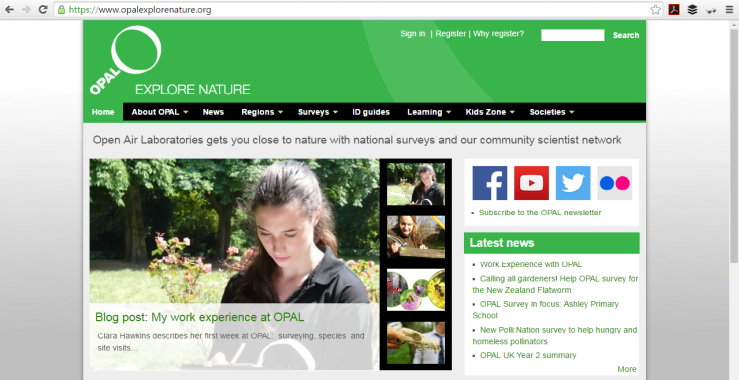Written by Christian Belcher, a Research and Social Media Intern with the Commons Lab at the Woodrow Wilson International Center for Scholars.
Britain’s departure from the European Union, and the resulting diplomatic maelstrom, has left more than a few things up in the air. In the U.K., turbulent financial markets took their toll on the pound, while the country scrambles to hire foreign experts to renegotiate trade deals. Meanwhile, Brussels has heard concerns voiced by other skeptical members of the E.U., who fear that Britain’s departure might become the thread that unravels the European sweater. The tumult of the past three weeks will take a full two years to unravel, as per the probationary period allotted by Article 50 of the E.U. treaty, so any predictions at this stage are essentially speculation. While economists and diplomats discuss the future of trade and the fate of the E.U., we at the Commons Lab would like to know how Brexit will shape the landscape of European, and specifically British, citizen science.
The U.K. is at the forefront of the citizen science movement, with projects ranging from The Shore Thing, which helps to document the effects of climate change on rocky shore species, to Cloudy with a Chance of Pain, a smartphone-based study of chronic pain. But, since citizen science is a participatory venture, and many projects transcend national boundaries, it remains to be seen how future endeavors will respond to changes in the international funding and grant structure.

Perhaps the greatest change, from a funding perspective, will be the U.K.’s reaction to the loss of Horizon 2020 grants. H2020, the E.U.’s Research and Innovation program, provides an array of projects with nearly €80 billion (more than $88 billion USD) over a seven year period, ending in the year 2020. Currently, more than 33 British projects are set to receive H2020 funding, more than any other country in the program. Many of these projects, like DITOs and PROSO, are devoted to engaging the public in research and innovation-based endeavors, and receive most or all, as is the case with PROSO, of their financial backing from the E.U. One citizen science project for instance, has seven partners within the U.K., including the Universities of Nottingham and Edinburgh. The Citizen Observatory Web, or COBWEB for short, recruits everyday people (their words, not mine) to collect valuable information within UNESCO Biosphere Reserves. COBWEB receives funding from H2020’s predecessor, the E.U.’s Seventh Programme (FP7). How projects like COBWEB would proceed, potentially in lieu of readily available E.U. funding, has yet to be determined. For the U.K. to continue participating in H2020, it would need to obtain associated country status, a label that would likely require a few concessions. Of those concessions, freedom of movement could be a possibility, and a divisive one at that; limiting immigration was a driving force behind the leave campaign, and Switzerland’s decision to inhibit movement resulted in the drastic diminution of H2020 funding. Given its dependence on international collaboration, it is likely that the U.K. will do what it can to secure associated country status, and the funding it entails.

Many of the projects receiving E.U. grant money however, are European-wide initiatives, which is not to say that Britain has no funding schemes of its own. Open Air Laboratories, or OPAL, is radiant proof of this fact; it’s enlisted nearly one million participants in environmental and natural projects, and led to the publication of more than 20 scientific papers, all through the domestic Big Lottery Fund. And in fact, an additional three projects registered on SciStarter are based in the U.K.: Treezilla, an ambitious campaign to map every tree in Britain; a British Trust for Ornithology nest watching project; and, Flusurvey, an epidemiological study mapping influenza patterns. Domestic projects, by their very nature, are regional in scale. This is both a limiting and empowering element of national projects. On the one hand, something like mapping species migration across Europe might be off the table from an international funding perspective. But by focusing on projects near and dear to local communities, participation should thrive, while the costs associated with long-distance travel and organizational management are avoided. By staying close to home, many of these projects also qualify for funding from local museums and universities. Some projects have even profited from providing access to their data; the British Trust for Ornithology, for instance, has secured roughly £100k in royalties. With Britain’s departure from the E.U., the continuation, and perhaps proliferation, of domestic citizen science projects is likely.
A more cosmopolitan alternative exists as well. The global Citizen Science Association (CSA) already has several members from within the U.K., engendering relationships across the Atlantic. Perhaps citizen science projects in the U.K. will look west for new collaborations. Treezilla received its inspiration from a similar project in the U.S., OpenTreeMap, which has since become a global community. Should such collaboration and data sharing proliferate, by turning its back on Europe, Britain may have opened itself up to the world.